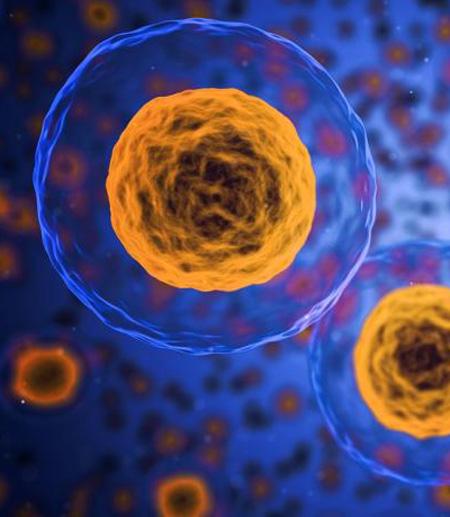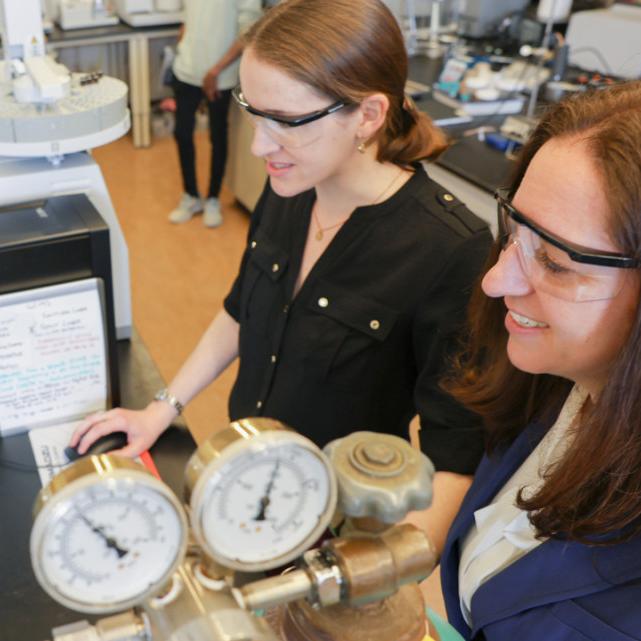Assistant Professor Robert A. DiStasio Jr. has received a five-year Faculty Early Career Development (CAREER) Award from the National Science Foundation (NSF) Division of Chemistry for a proposal entitled "CAREER: Accurate, Reliable, and Routine First-Principles Prediction of the Structure and Stability of Molecular Crystal Polymorphs." According to the NSF website, "[the CAREER Program] offers the National Science Foundation's most prestigious awards in support of early-career faculty who have the potential to serve as academic role models in research and education and to lead advances in the mission of their department or organization." Details on this award as well as DiStasio's abstract (copied below) can be found here.
Abstract: Professor Robert A. DiStasio Jr. of Cornell University is supported by an award from the Chemical Theory, Models and Computational Methods program in the Division of Chemistry to develop methods which enable accurate and reliable predictions of the structure and stability of molecular crystals. Molecular crystals are ubiquitous and versatile materials that are used in alternative energy and the environmental sciences, pharmaceuticals and medicine, as well as technology and industry. Of crucial importance to these applications is the fact that molecular crystals often have many accessible polymorphs--alternative structures that are nearly identical in stability yet display drastically different physical and chemical properties. When used to improve device performance or enable novel functions in alternative energy applications, these distinct properties can be very beneficial. The existence of polymorphs can also have devastating and potentially catastrophic effects, e.g., when a pharmaceutical agent unexpectedly converts into an unknown (and inactive) polymorph, and thereby reduces the amount of the disease-fighting (and potentially life-saving) form. DiStasio and his research group are developing accurate and reliable methods which use computer simulations to predict the structures and stabilities of molecular crystal polymorphs based on the laws of quantum and statistical mechanics. In doing so, DiStasio is developing a computational framework that addresses new opportunities to use molecular crystal polymorphs in novel energy solutions and pharmaceutical agents. The DiStasio research group is also developing an interactive molecular dynamics (MD) package which allows students at all levels (K-12, undergraduate, and graduate) to visualize the abstract mathematical concepts encountered in chemistry, and to build physical and chemical intuition regarding the complex interplay between observed properties and the microscopic structure of matter.
For more information about the research in the DiStasio laboratory, please visit the DiStasio Group Website.





